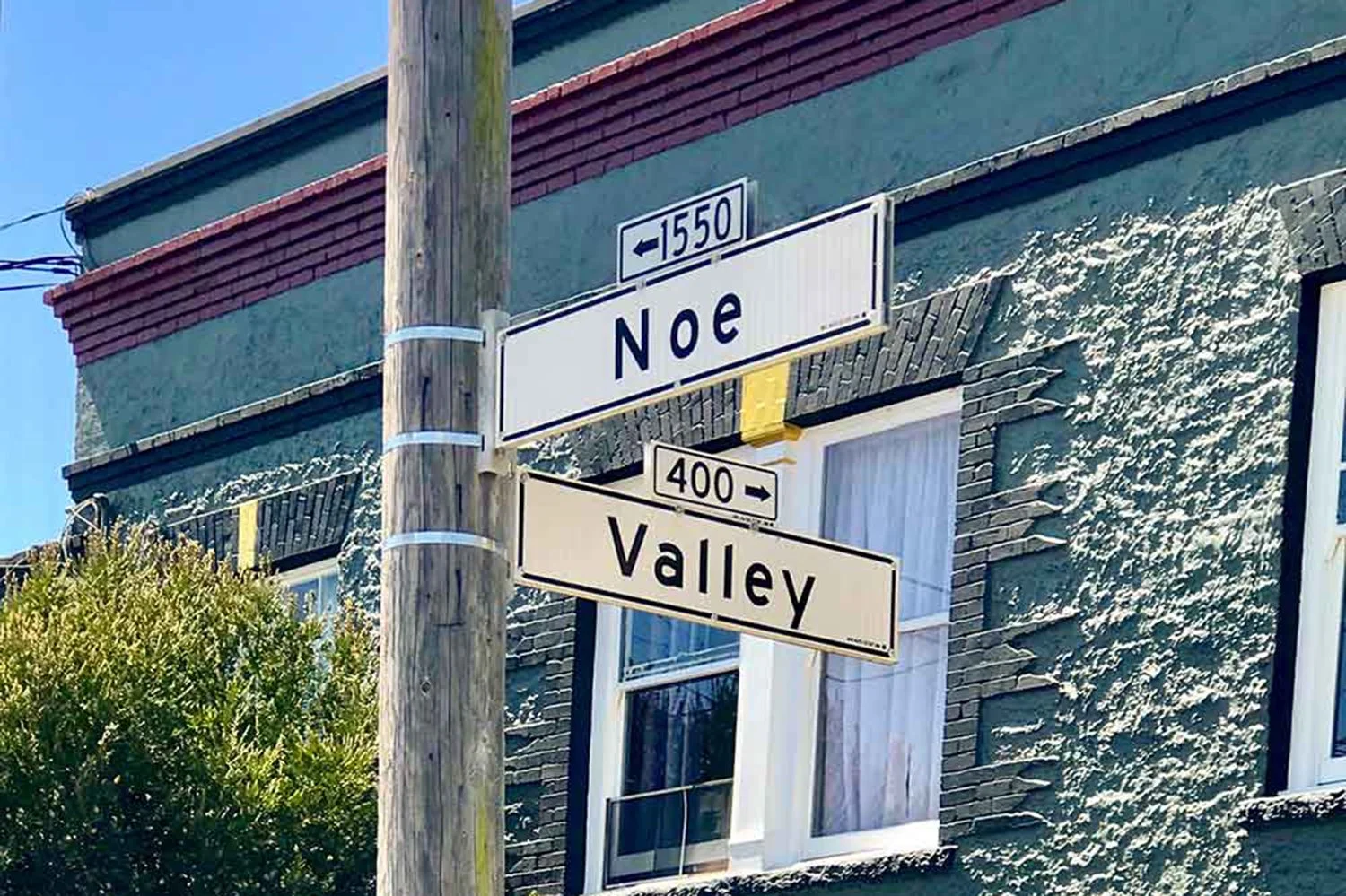Get to Know: Noe Valley
Photo by Travis Monson Photography. Used with permission.
Noe Valley is a residential district in the very heart of the city. The SFAR designates the boundaries at 22nd Street to the north, 30th Street to the south, Guerrero and San Jose Streets to the east, and Market, Portola, and Diamond Heights Streets to the west. It’s a quiet, pleasant neighborhood full of Victorian and Edwardian homes and quaint shops. It’s also where dpaul and Sean lived for 16 years.
Noe Valley gets its name from José de Jesús Noé, the last alcalde, or mayor, of Yerba Buena, which is what San Francisco was called under Spanish and Mexican rule. After California was ceded to the US after the Mexican-American War, Noé received a substantial land grant, called Rancho San Miguel, which covered roughly 1/6 of current-date San Francisco, including Noe Valley.
After his wife died in 1848, Noé began selling off the land piecemeal. In 1854, he sold a parcel to John Meirs Horner, encompassing most of what is now the Castro and Noe Valley neighborhoods. Horner then plotted and developed the area; to this day, it’s still called Horner’s Addition by the city assessor’s office. Initially, he named the east-west streets after themes from his own life, but the streets were later renamed during a massive citywide street naming project. John Street became 22nd, Horner Street became 23rd, and so on. Curiously, in Noe Valley, unlike the Castro, there remain streets in between the renamed numeric streets that retain his original naming conventions, like Elizabeth Street, named after his wife.
Like the adjacent Castro and Mission, Noe Valley started out as a blue-collar neighborhood in the late 19th century. The neighborhood boomed even further after the 1906 quake, as it was beyond the limits of the fire that spread as far southwest as 20th and Dolores Streets. Hence, Victorian and Edwardian architecture is prominent here.
The neighborhood has continued to gentrify over the years, and today is popular with young families. The main commercial district runs along 24th Street between Church and Douglass Streets, with a secondary stretch along Church from 24th to 30th. Here are just a few of the businesses and services in the neighborhood:

